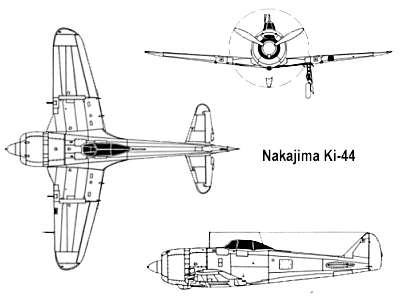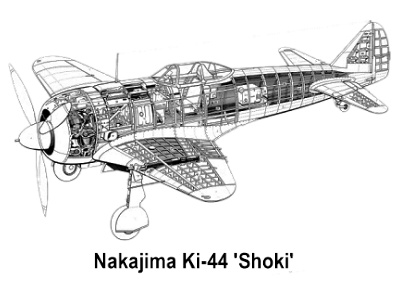The Nakajima Ki-44 'Shoki' (eng:Demon) was a single-engine fighter aircraft used by the Imperial Japanese Army Air Force in World War II. The type first flew in August 1940 and entered service in 1942. The Allied reporting name was 'Tojo' while the Japanese Army designation was 'Army Type 2 Single-Seat Fighter Model 1' As an interceptor it could match Allied types in climbs and dives, giving pilots more flexibility in combat and greater pilot confidence than the Ki-43. Moreover, the basic armament of four 12.7mm machine guns or two 12.7mm guns and two 20 mm cannons,(plus a few aircraft which carried two Ho-301 40 mm cannons of limited performance) was far superior to the Ki-43's
Development
In 1940, the Imperial Japanese Army Air Service (IJAAS) specification for a heavy fighter which called for a maximum speed of 600 km/h (370 mph) at 4,000 m (13,130 ft), to be attained in five minutes. The Nakajima design team, led by Toro Koyama, began development of the Ki-44 in 1940 as a pure interceptor with emphasis being placed on airspeed and rate of climb rather than maneuverability. While the Ki-43 was still under development, Nakajima had started work on a second fighter to meet the required specifications. To meet the requirements an engine selected for the new interceptor was Nakajima's Ha-41 (a development of the Nakajima Ha-5) 14-cylinder double-row radial, originally intended for bomber aircraft. Although the Ha-41 was not the ideal choice due to its large-diameter cross section, the design team was able to marry this engine to a much smaller fuselage with a narrow cross section, creating the unusual profile of the Ki-44. In order to achieve its design goals, the wing area was relatively small leading to a high wing loading and a comparatively high landing speed that could be daunting to the average Japanese pilot, who was more used to aircraft with a low wing loading like the Ki-44s predecessors, the Ki-43 and Ki-27.
Back to Top
The first Ki-44 prototype flew in August 1940 and the initial test flights were generally encouraging, with handling considered acceptable considering the high wing loading. Problems encountered included a high landing speed and poor forward visibility during taxiing due to the large radial engine. The Ki-44 entered production as the Army Type 2 Single-Seat Fighter Model 1 and initially was disliked by the pilots who flew it, however, once they became used to the vices and virtues of the aircraft, it was well recieved. The Ki-44-II with a more powerful Nakajima Ha-109 engine was put into production. Only small numbers of the Ki- 44-IIa were built, the variant being followed by the major production Ki-44- Ilb. The Ki-44-IIc introduced much heavier armament, comprising four 20mm cannon or, alternatively, two 12.7mm machine-guns and two 40mm cannon, and these proved to be very effective when deployed against Allied heavy bombers attacking Japan. Final production version was the Ki-44- III with a 1491kW Nakajima Ha-145 radial engine, an increase in wing area and enlarged vertical tail surfaces.
Back to Top
In Service
Two of the prototypes were turned over to the Army for service trials on 15 September 1941 and commenced operations with one experimental unit, the 47th Chutai (Independent Air Company) ("Kawasemi Buntai", Kingfisher Unit) sent to Saigon, Indochina in December 1941. After a successful debut, during the summer of 1942 several Sentais began to convert to the Ki-44. The 9th Sentai was posted to Nanking, where it remained for the rest of the war. The 85th was originally posted to the same area, while the 87th moved to Manchuria. This was a short posting, and early in 1943 the unit was moved to Palembang in the Dutch East Indies, to defend the oil refineries on Sumatra. In 1945 the Royal Navy began attacks on the oil refineries, catching some of the 87th on the ground and in the ensuing battle several TBF Avengers were shot down for a loss of a twelve Ki-44s. Later, the unit returned to Japan for home defence. The units based in China fared better and were able to dogfight all Allied fighter types successfully with the exception of the P-51 'Mustang', which proved to be a superior aircraft in speed and manouverablity. Later the Ki-44's came into contact with the B-29 'Superfortress' and found it difficult to attack as the B-29 cruised at the upper limits of the Ki-44 service ceiling.
Back to Top
The Ki-44 took part in the defence of the Philippines. The 22nd Sentai moved to the area in September 1944 and was joined by the 29th and 246th Sentais after the American invasion in October 1944. Together with many Japanese Naval Sentais being sent to defend the Philippines, they were subjected to massive raids on their bases by hordes of aircraft from the US Pacific Fleet, with its 15 carriers supplying over one thousand aircraft clearing the way. Many of the Japanese were either caught on the ground, while those that got airborne tangled with hundreds of F6F 'Hellcats' and F4U 'Corsairs' looking for anything the Japanese could get airborne to rack up more kills, trying to outdo each other. By this stage, nearly all US Naval aviators wanted to become an 'Ace' before the end of the war. It wasnt long before the writing was on the wall for the Japanese in the Philippines and so the remaining Sentais were returned home. At the start of 1945 seven Sentais were allocated to the defence of Japan, six based on the Home Islands and one on Formosa. Like most Japanese aircraft at the time, a suicide squadron was formed from the 47th Sentai, however its numbers were to few to make any difference in attacks on the B-29s.
Nakajima had built a total of 1,225 Ki-44s of all versions, including prototypes.
Of note, after World War 2, the Nationalist Chinese 18th Squadron of the 12th Fighter Group was equipped with Ki-44s formerly of the 9th Sentai, which had disbanded in Nanking, and of the 29th Sentai, which had disbanded at Formosa(Taiwan). These aircraft were flown by Japanese mercenaries who flew them for the Nationalists until the last two were retired in 1950.
Back to Top
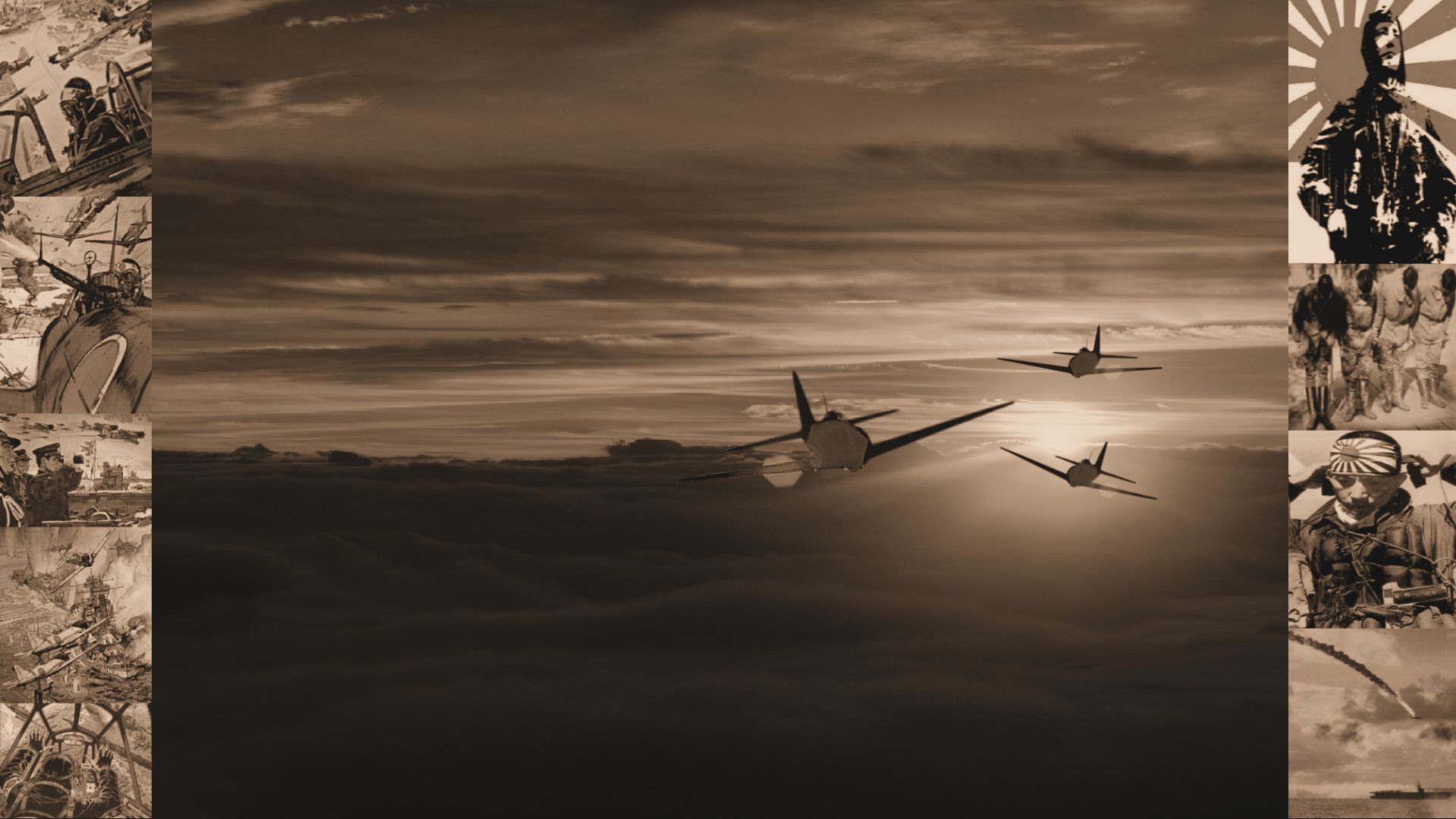


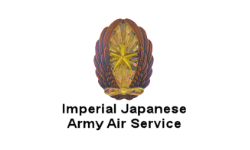
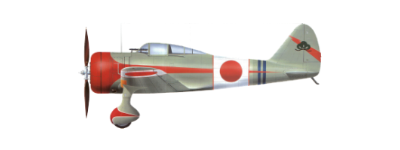 Ki-27
Ki-27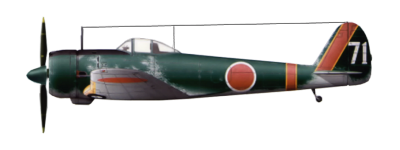 Ki-43 Hayabusa
Ki-43 Hayabusa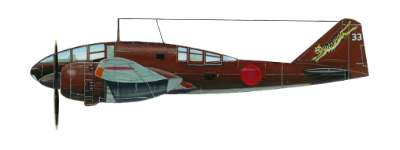 Ki-46
Ki-46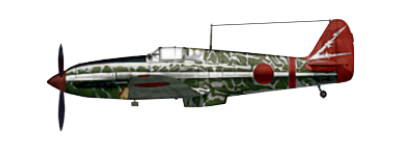 Ki-61 Hien
Ki-61 Hien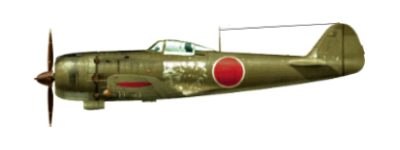 Ki-84 Hayate
Ki-84 Hayate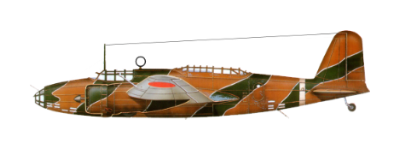 Ki-21
Ki-21 Ki-67 Hiryu
Ki-67 Hiryu
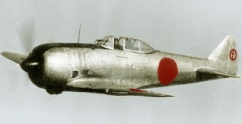

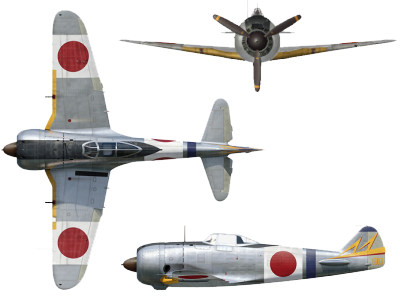
 Nakajima Ki-44 'Shoki'
Nakajima Ki-44 'Shoki'